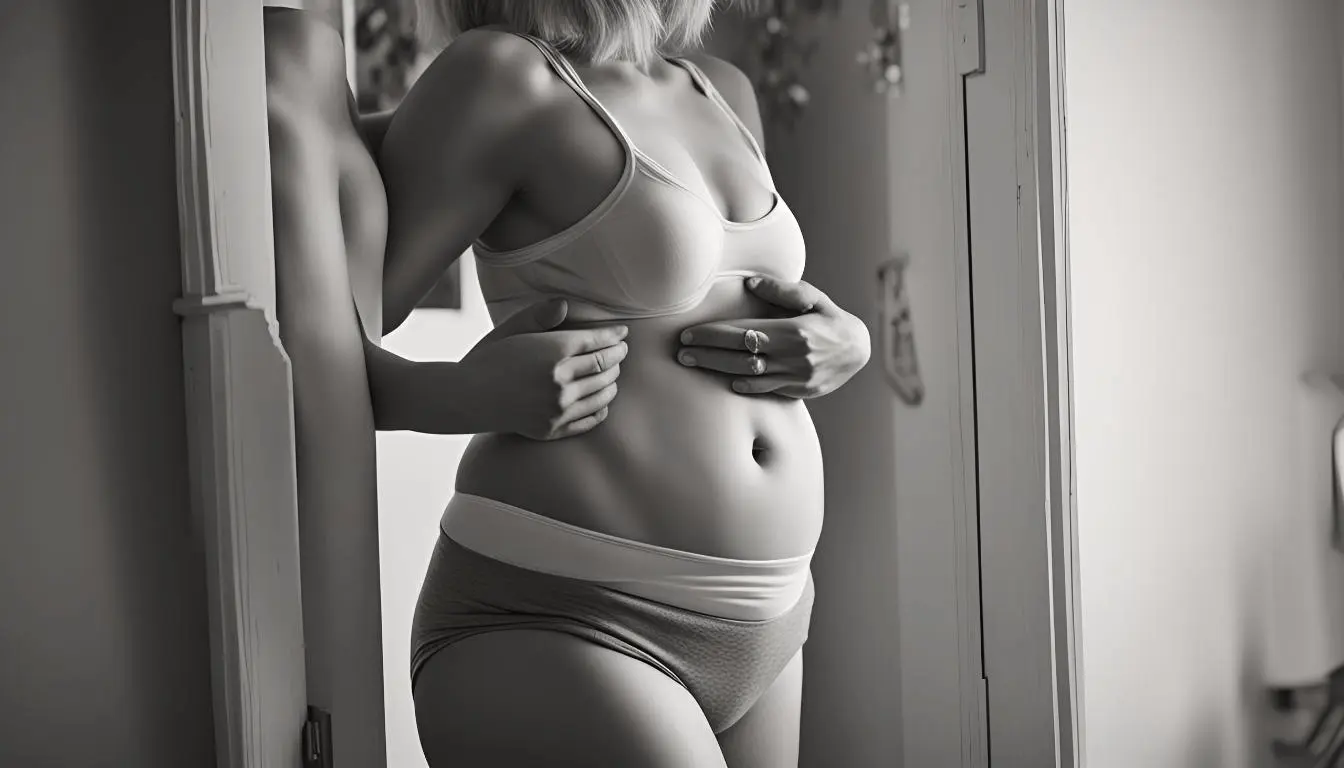Body Image
Body Image and Demographic Discrepencies
How age, race, gender, and culture influence body ideals
Research shows that our experience with body image is heavily shaped by sociocultural factors. According to Fredrick et al. (2021), white women and gay men check their bodies more often than Black, Latina, Asian, or straight people. Overall, women are more affected by body image issues than men, and younger people worry more about how they look than older adults. Glasser et al. (2009) also found that white men preferred thinner women, while Black men did not, showing how different cultures have different beauty standards. These differences help explain why eating disorders are most common in young, white women — though that doesn’t mean other groups can’t be affected, too. Underreporting and diagnostic gaps may obscure the true scope, much like in the autism community.


Body Acceptance in Recovery
Letting your body heal while your mind catches up
One of the hardest parts of eating disorder recovery is that the body often heals faster than the brain. A malnourished mind may still see fat in the mirror, even when the body is underweight. This creates a painful in-between phase — weight restored, but still mentally disordered. Like with fear foods, you must face the fear of weight gain to rewire your thinking.
“Body positivity” has become a buzzword in the media.
Here’s your paragraph rewritten at a 9th grade reading level while keeping the message clear:
It’s important to support all body sizes and set healthy, realistic standards for young girls. But during recovery, this idea can feel hard to connect with. Instead of trying to feel super positive about your body right away, what if we started by simply accepting our bodies as they are — no matter the size or shape?

Seed of Possibility
“When the idea of loving your body feels impossible, plant the seed of possibility. -unknown”
Your Body, Your Freedom
As Becky Freestone says, “Your body is meant to be the size it is when your mind is free.” True healing comes when self-worth isn’t tied to weight.
Shift the Focus

Set Point Theory & Weight
What health really looks like — and how we measure it
Your body has a “set point” — a natural weight range where it functions optimally, usually within 10–15 pounds. Your set point isn’t fixed by numbers, but by how your body responds when it’s nourished and at rest. When you start recovery, your dietician may slowly reintroduce food to prevent refeeding syndrome and focus on your health by looking at symptoms, not the number on the scale.
Weigh-ins can become a mental trap. Whether the number goes up or down, it may trigger old behaviors. In behavioral therapy terms, weight isn’t an accurate measure of true health. “Health at Every Size” has become more popular. Even if you don’t fully agree with it, it’s important to remember that health looks different for everyone. Judging someone’s health based on their appearance is often wrong.


Movement & Motivation
Redefining exercise as care, not control
For many, giving up exercise is even harder than eating more. You might be told to stop moving completely — not even going for walks — to help decouple food from activity. Movement was once your coping mechanism, your control. Taking it away brings up what’s underneath.
Instead of pushing yourself through a workout, you’ll learn to use opposite action — swapping compulsive routines for self-soothing activities. For example, taking a hot shower followed by a swim can give you the same physical benefits as sweating. Eventually, you reintroduce movement, not to burn calories, but for joy, mental clarity, and inner peace.
The difference comes down to intent: Are you moving from a place of self-love, or self-punishment? Your body still needs fuel, even to carry out its everyday functions like breathing, working, and sitting.